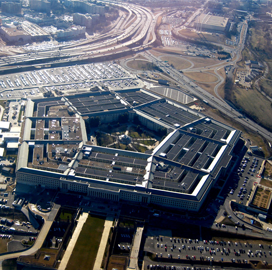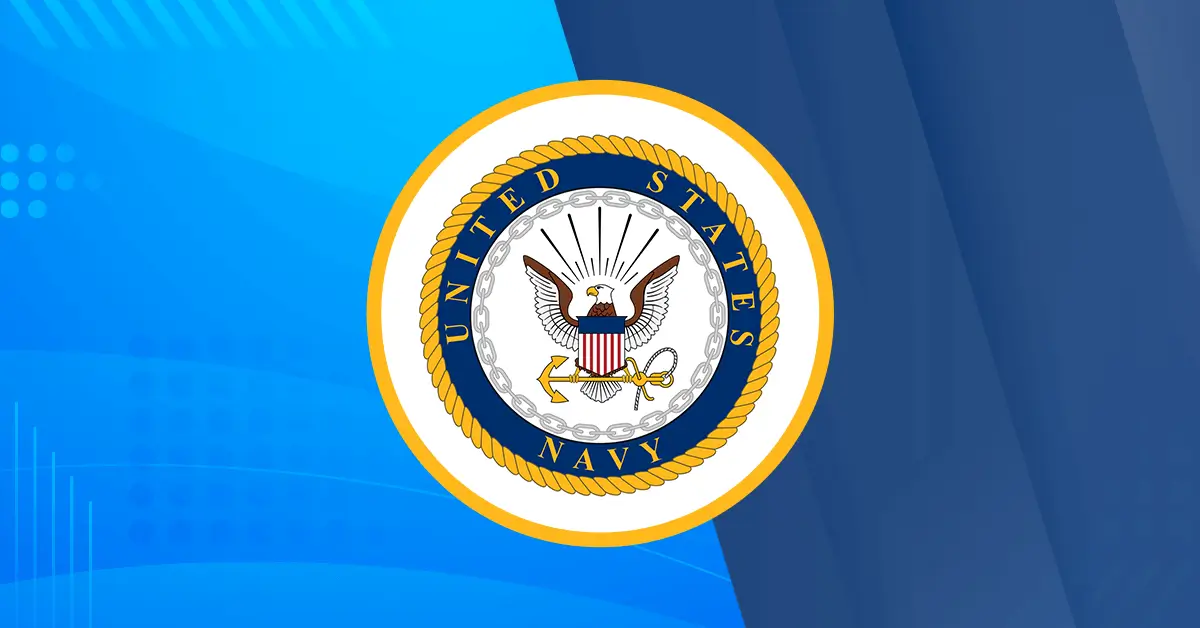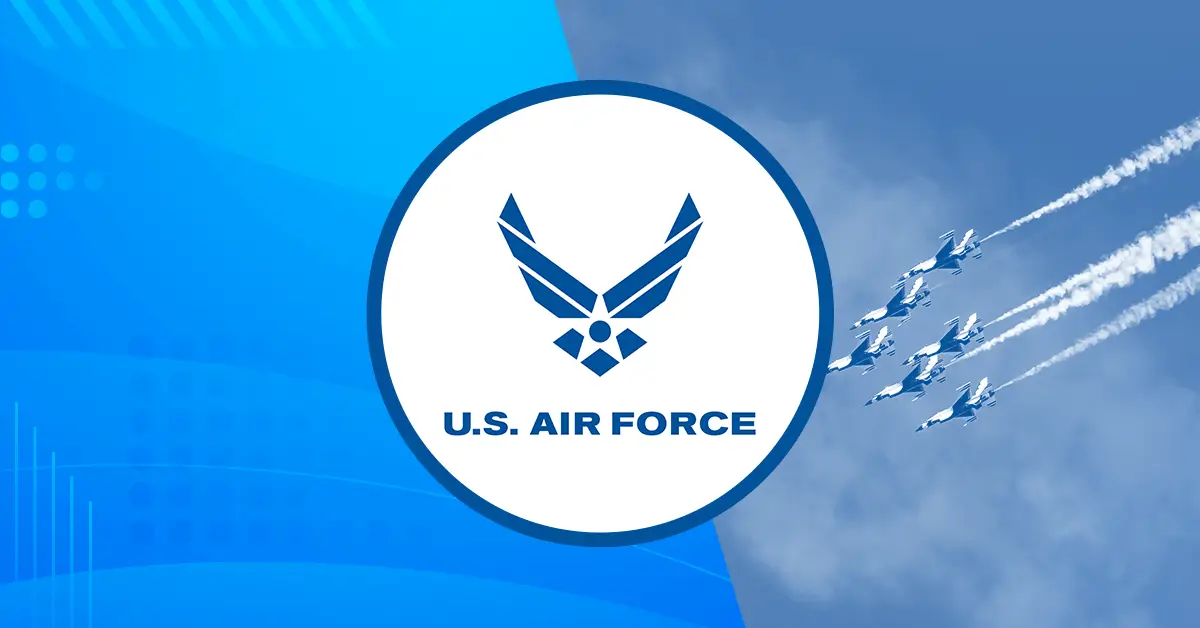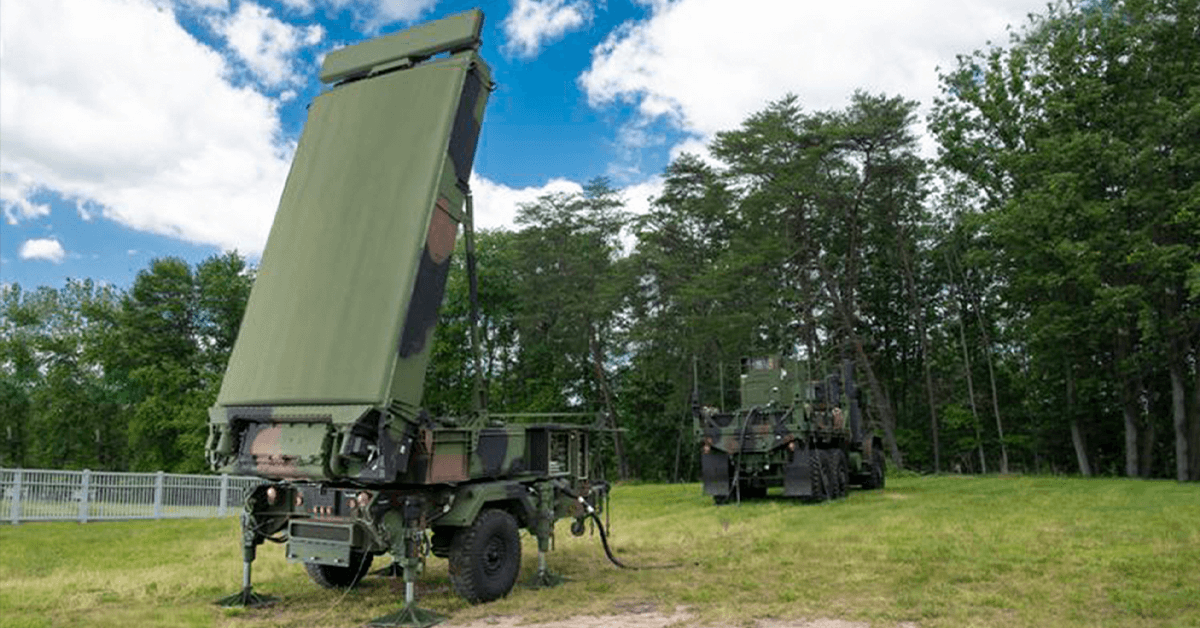Several GovCon industry leaders told C4ISRNET in an interview published Sunday about their insights on the Department of Defense’s efforts to integrate capabilities in support of information warfare operations.
Greg Wenzel, an executive vice president at Booz Allen Hamilton (NYSE: BAH) and a 2020 Wash100 award winner, told the publication about the need for a networked force in connection with information warfare.
“A networked force, that’s been our problem for years. Having built a lot of military systems, a lot in C4 and mission command, battle command, we build them and buy them in stovepipes. Then we think of integration and connecting after the fact,” Wenzel. “My whole view … networking the force really is probably the best thing to achieve overmatch against our adversaries.”
Bill Bender, senior VP of strategic accounts and government relations at Leidos (NYSE: LDOS), shared his insights on the Joint All-Domain Command and Control concept.
“It’s more likely a mish-mash of service level agreements, pre-scripted architecting and interoperability mandates that you got to be in keeping with those in order to play in the environment,” Bender said of JADC2. “It’s going to take a long journey to get there because, oh by the way, we’re a very legacy force and … a limited amount of technology has the interoperability that is absolutely required for that mission to become a reality.”
Ravi Ravichandran, chief technology officer of the intelligence and security sector at BAE Systems, discussed the concept of convergence in reference to the integration of capabilities and operations under information warfare.
“When I talk about convergence, my observation is there is a convergence in terms of of a family of technologies and of a family of challenge problems and how do they come together,” said Ravichandran.
Ravichandran mentioned five challenge problems warfighters may have in which a suite of technology platforms could offer an advantage against enemies, including JADC2, strategic mobility and joint fires.






